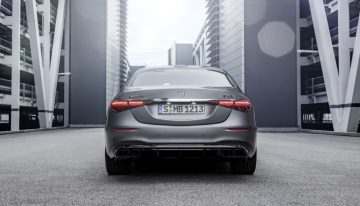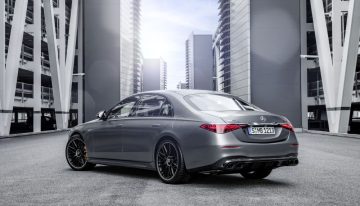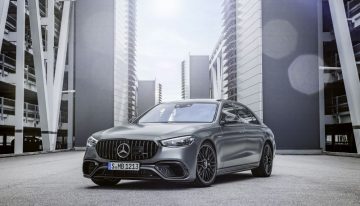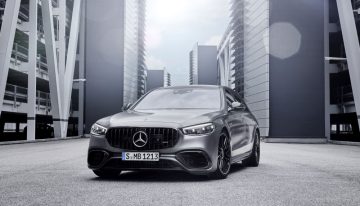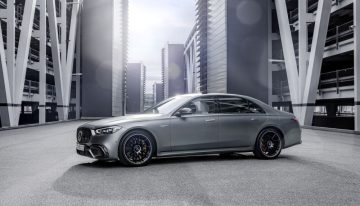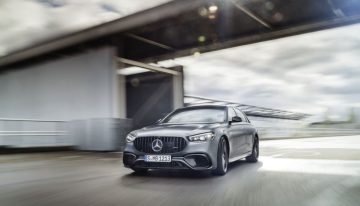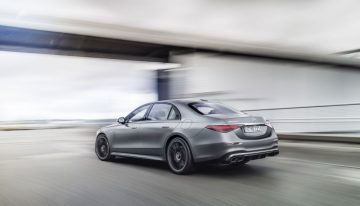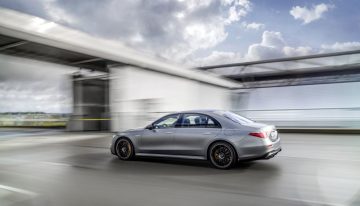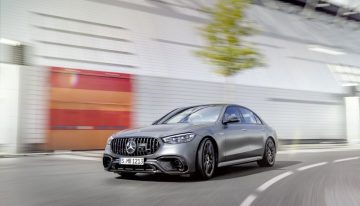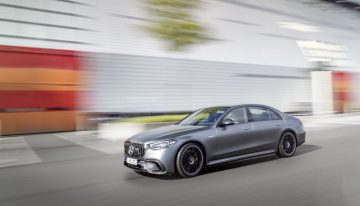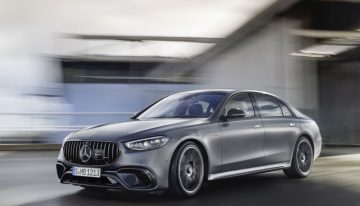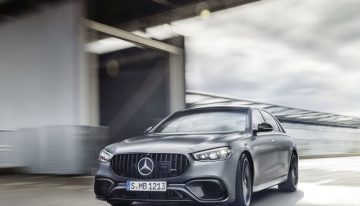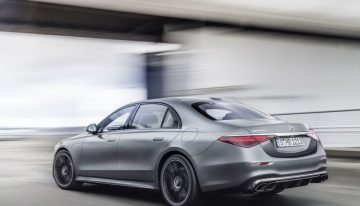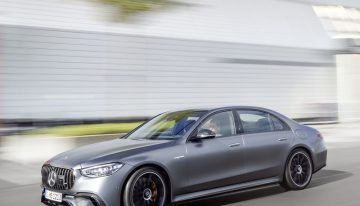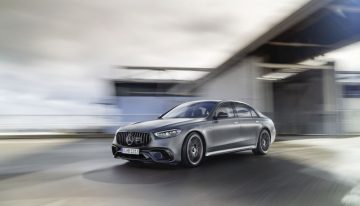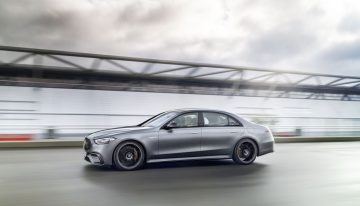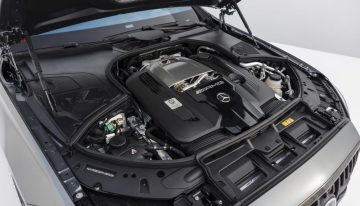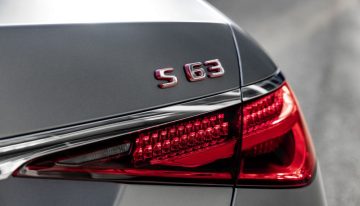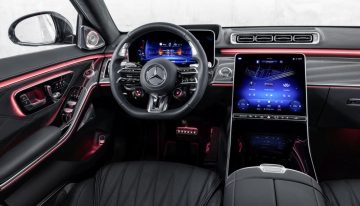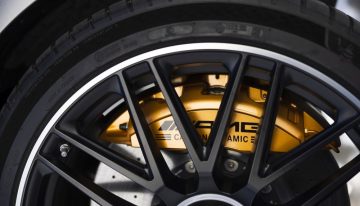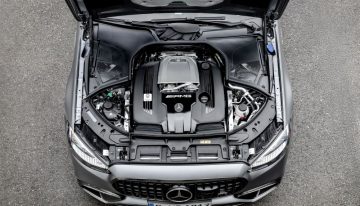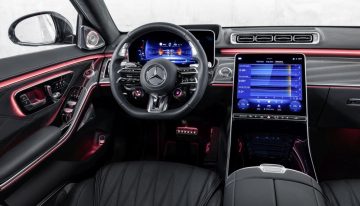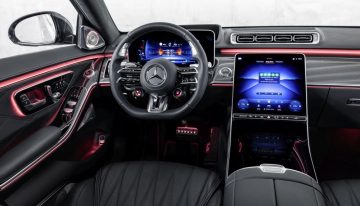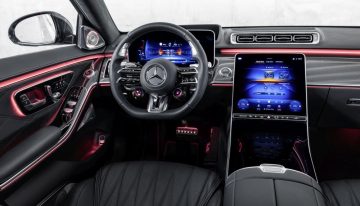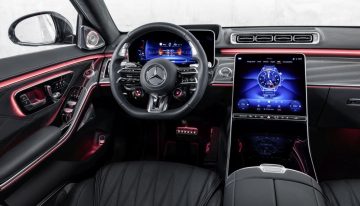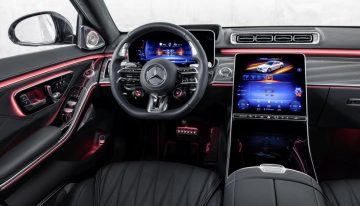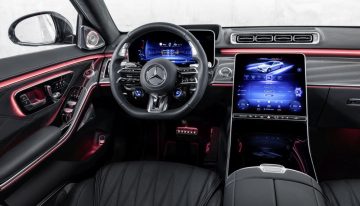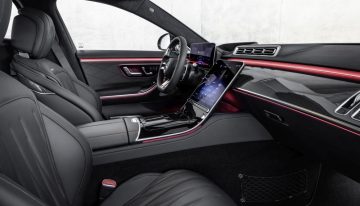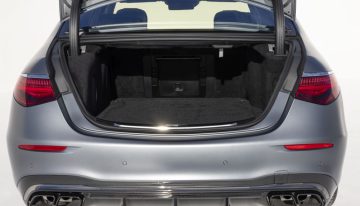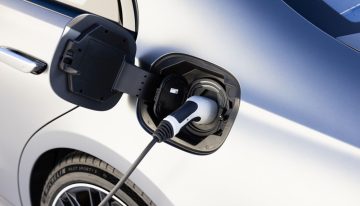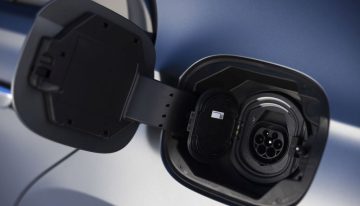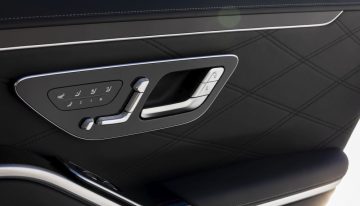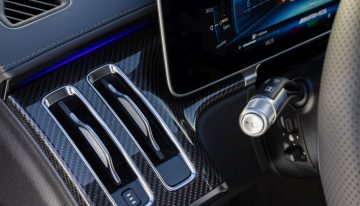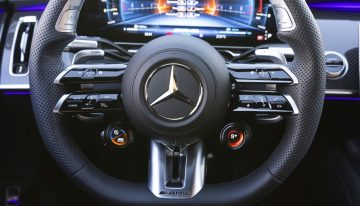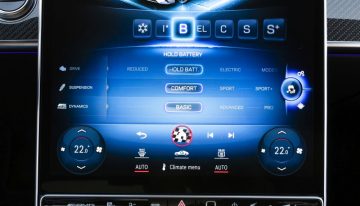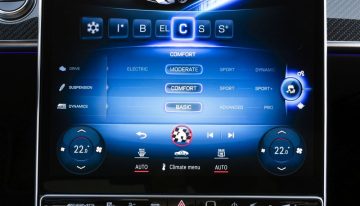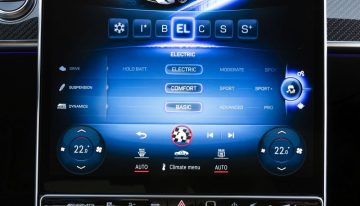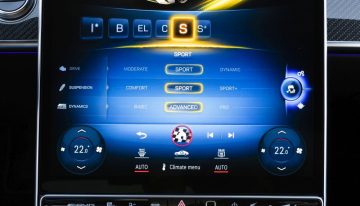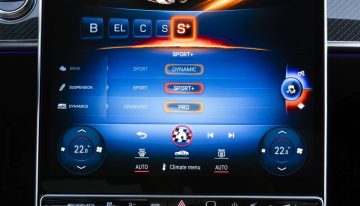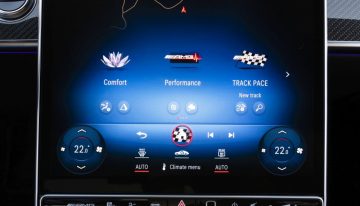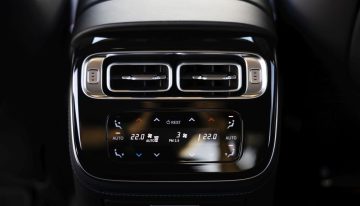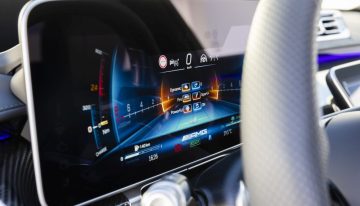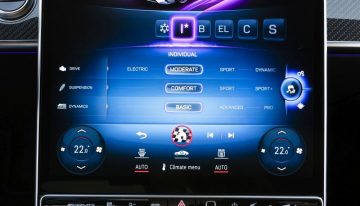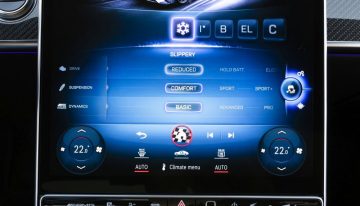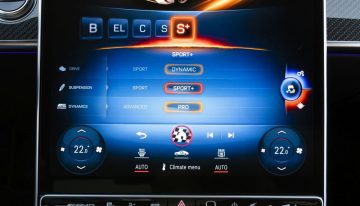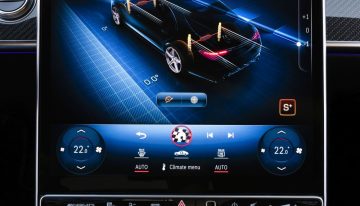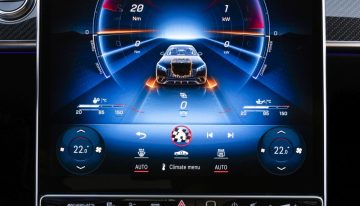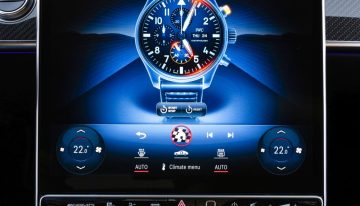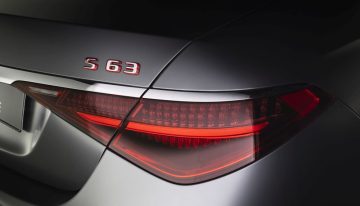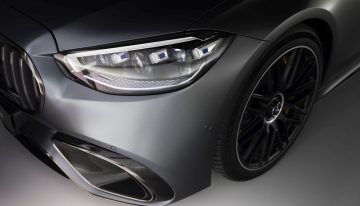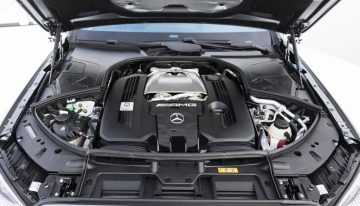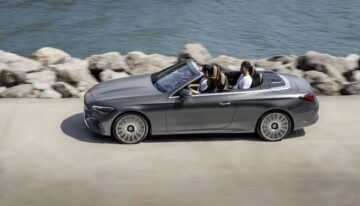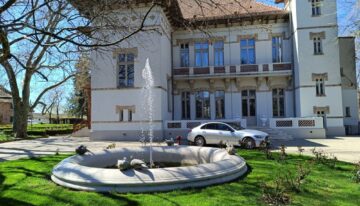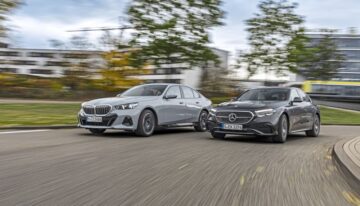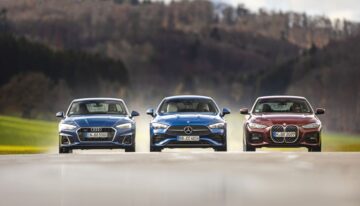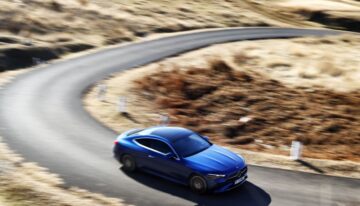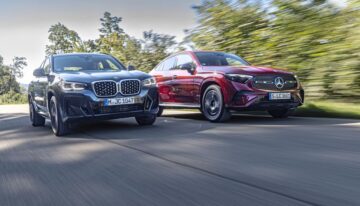The all-new Mercedes-AMG S 63 E Performance is the car that Mercedes built for family as well as for the track. With F1-inspired tech, a 802 PS (791HP) machinery on the circuit, it can provide the luxury and comfort the premium brand has accustomed customers with.
The Mercedes-AMG S 63 E Performance is the most powerful S-Class ever built. It comes with the company’s 4.0-liter V8, as part of a hybrid setup, that also includes a 13.1-kWh battery pack. The unit stores enough energy for 33 kilometers (21 miles). It may not be that much, but Mercedes had to find a way to keep the weight of the sedan under control.
The Mercedes-AMG S 63 E Performance uses the new PHEV technology from the Mercedes-AMG GT 63 S E Performance 4 doors called P3 Hybrid with the electrified rear axle. The 4.0-liter twin-turbo V8 engine is front-mounted and the electric motor is placed at the rear axle. The 4.0-liter twin-turbo V8 engine develops 612 PS (603 HP) and 900 Nm (664 lb ft) while the electric motor produces 190 PS (187 HP) and 320 Nm (236 lb ft) for 10 seconds; continuous power is 95 PS (93.6 PS)
Power and torque are slightly lower than in the AMG GT 4 door. The Mercedes-AMG S 63 E Performance delivers 802 PS (791 HP) and 1430 Nm (1,055 lb ft) compared to 843 PS (831 HP) and 1,470 Nm (1,084 lb ft) in the AMG GT 4 doors.
A significant difference to the AMG GT 4 door is the battery. Located above the rear axle, it has more than double the gross capacity of 13.1 kWh compared to only 6.1 kWh in the AMG GT door. Thus, Mercedes promises a more extended electric range of up to 33 km (21 miles). The battery, which operates at a voltage of 400 V, can be charged at AC stations with 3.7 kW and has a cooling system with a capacity of 14 litres (854 cu in) that allows it to be kept at the optimum temperature of 45 degrees at all times.
The electric motor is integrated in a common housing with the two-speed transmission and limited slip differential forming a extremely compact electric unit (EDU). The electric motor’s two-speed gearbox shifts automatically when the speed exceeds 140 km/h, which corresponds to the electric motor’s maximum speed of 13,500 rpm. Mercedes claims that this rear-mounted electric motor layout has several notable advantages:
– the distribution of weight on axles is improved
– the electric motor acts directly on the rear axle and thus eliminates losses
– energy recovery is very efficient because, in Comfort mode, the combustion engine can be completely disconnected
– the P3 Hybrid system allows the electric motor to be used continuously even when the battery is flat
As with other Mercedes models, energy recovery can be achieved in 4 levels from Level 0 to Level 3, in which the car is driven almost as in the One Pedal system. The recovery power in this case is 90 kW.
The driver can choose between seven driving modes:
– Electric. This mode is set by default. In electric mode, the heat engine is always switched off, and the car can run 100% electric up to 140 km/h. However, if rear axle slip occurs, the electric motor may also transfer some of its power to the front axle. Therefore, if the battery power has been used up, the car automatically switches to Comfort mode, and the heat engine starts.
– Comfort favors electric mode. In town, the electric motor works, and the two motors work together at higher speeds.
– Battery Hold maintains a constant energy level in the battery.
– Sport: Both motors run continuously, and the electric motor supports the heat engine more. Shift times are shorter, the engine revs more spontaneously, and the suspension is firmer.
– Sport+: even more extreme engine, gearbox, and steering adjustments
– Slippery: reduced power and no electric driving possible because the electric motor has a very high starting torque
– Individual: individual settings for suspension, engines, steering, and exhaust.
The Mercedes-AMG S 63 E Performance is the world’s first limousine with active engine support, a solution that also exists in the Porsche 911. The 9-speed automatic transmission has short shift times, a manual mode, and a race start function.
AMG Ride Control+ adaptive air suspension, active anti-roll bars, and all-wheel steering are standard. At speeds of up to 100 km/h the rear wheels turn up to 2.5 degrees in the opposite direction to the front wheels and over 100 km/h in the same direction as the front wheels. Composite disc brakes are also standard, with ceramic disc brakes available.

